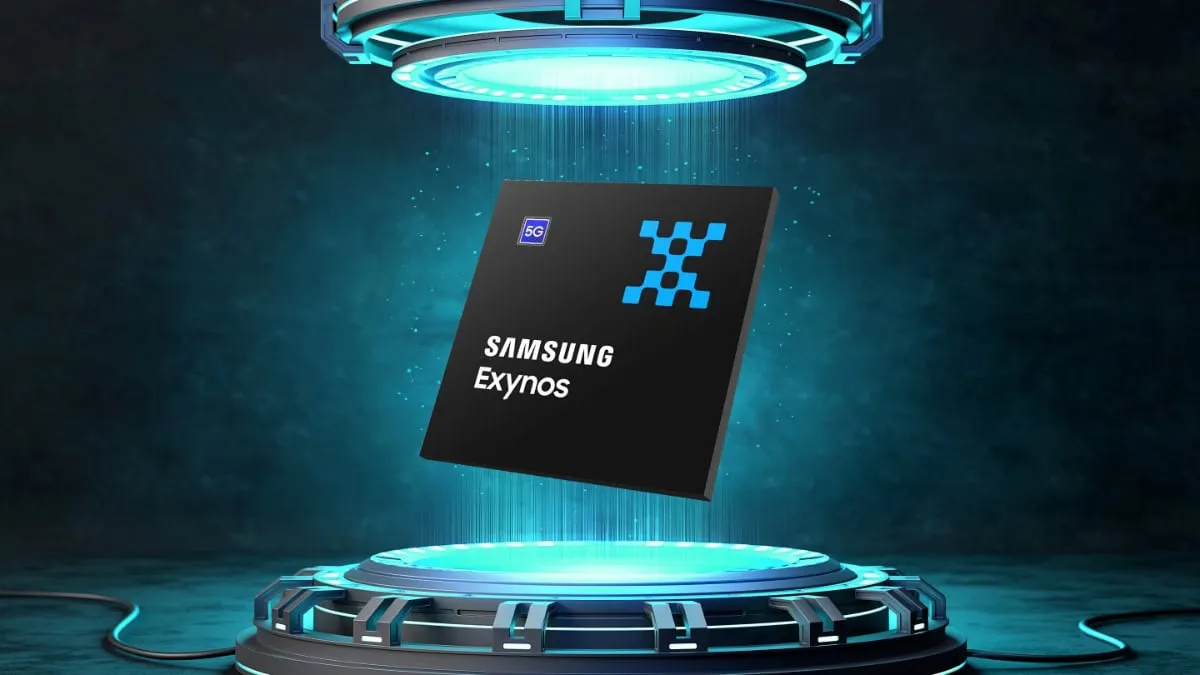
The decision to exclusively utilize the Snapdragon 8 Elite in the current-generation Galaxy S25 series stems from a combination of disappointing yields from the Exynos 2500 and Samsung's acknowledgment that its own system-on-chip (SoC) could not compete effectively with Qualcomm's flagship chipset. This strategic pivot has led to significant financial implications for the South Korean tech giant, as the costs associated with components surged dramatically this year.
Samsung's choice to exclude the Exynos 2500 from its premium smartphone lineup resulted in a staggering financial loss of approximately $400 million. This substantial loss highlights the risks associated with relying on in-house chip production, particularly when faced with challenges in yield and performance. In light of these setbacks, Samsung seems determined to avoid similar pitfalls in the future.
Looking ahead, there are rumors that Samsung plans to introduce the Exynos 2600 next year, although it is expected to be limited to select variants of the upcoming Galaxy S26. Reports suggest that European shipments of the Galaxy S26 range may exclusively feature the Exynos 2600, indicating Samsung's desire to reintroduce its flagship SoC despite the ongoing challenges with low production yields.
During Samsung’s Q1 2025 earnings call, the company reiterated its commitment to stabilizing 2nm GAA yields, with plans to commence mass production in the latter half of 2025. Earlier this year, it was reported that trial production of the Exynos 2600 using next-generation manufacturing processes achieved an impressive yield of 30 percent. While this figure remains lower than ideal, it marks a significant improvement compared to the 3nm GAA technology.
If Samsung can elevate the yield rate to 60 percent, it would be considered an acceptable benchmark for full-scale production of the Exynos 2600. However, industry insider @Jukanlosreve has pointed out that due to ongoing low yields, only the European versions of the Galaxy S26 series may be equipped with this new chipset.
Interestingly, an unnamed source within the industry has indicated that even with the Exynos 2600 powering Samsung’s latest flagship models, the upcoming Snapdragon 8 Elite Gen 2 is likely to maintain a clear performance edge over its rival. This suggests that the introduction of the Exynos 2600 may primarily be aimed at mitigating Samsung's escalating chipset costs rather than outperforming Qualcomm's offerings.
In a post shared on X, Samsung LSI, the division responsible for designing the Exynos 2500, revealed the significant $400 million loss incurred due to its exclusion from the Galaxy S25 line. Furthermore, a prior report estimates that the design of the Exynos 2600 must be finalized by Q3 2025 to stand a chance of being featured in the Galaxy S26 models. This tight timeline underscores the urgency Samsung faces as it navigates the competitive landscape of mobile chip production.
In summary, Samsung's decision to focus on the Snapdragon 8 Elite for the Galaxy S25 series reflects the challenges of in-house chip production and a strategic move to stabilize its financial position. As the company prepares for the Exynos 2600's debut in the Galaxy S26 series, the pressure is on to improve yield rates and ensure competitiveness against Qualcomm's industry-leading chipsets.